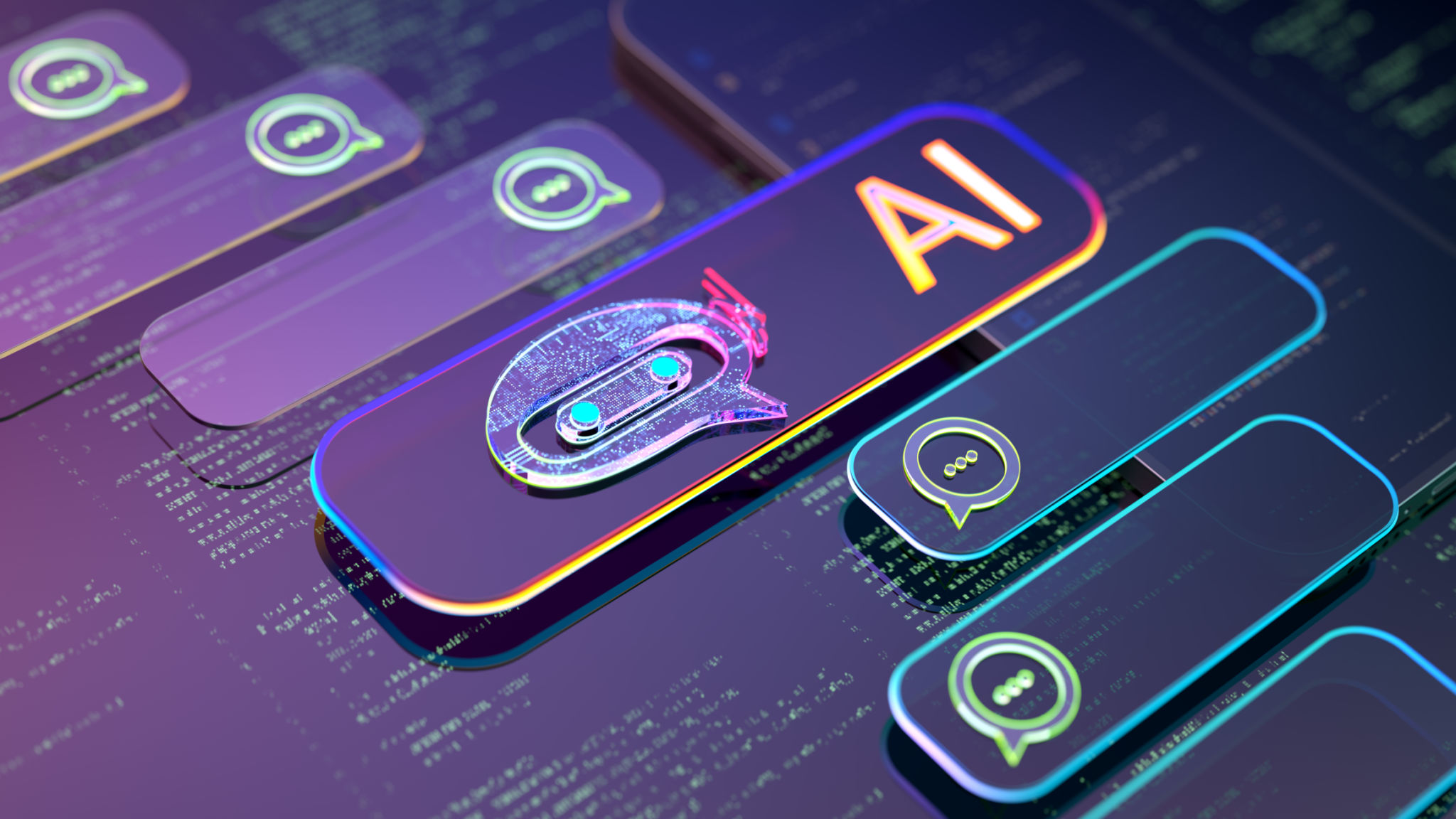AI Integration Tips for Seamless Business Automation
Understanding AI Integration
Artificial Intelligence (AI) is reshaping the business landscape by offering unprecedented opportunities for automation. For many businesses, integrating AI can streamline operations, enhance productivity, and lead to significant cost savings. However, successful integration requires a strategic approach to ensure seamless business automation.

Identify Automation Opportunities
The first step in AI integration is identifying areas within your business that can benefit from automation. Look for repetitive, time-consuming tasks that are prone to error. These tasks are prime candidates for automation, allowing your team to focus on more strategic activities. Common areas include customer service, data entry, and inventory management.
Select the Right AI Tools
Once you have identified potential automation areas, the next step is to select the right AI tools. There are numerous AI solutions available, ranging from chatbots for customer service to advanced analytics tools for data processing. Evaluate tools based on their features, ease of use, and compatibility with your existing systems. It's essential to choose tools that align with your business goals and processes.
Implementing AI Solutions
After selecting the appropriate tools, it's time to implement them within your operations. Begin with a pilot program to test the AI solution on a smaller scale. This approach allows you to identify potential challenges and make necessary adjustments before a full-scale rollout. Ensure that your team is trained adequately and provide ongoing support as they adapt to new technologies.

Integration with Existing Systems
A critical aspect of AI integration is ensuring compatibility with existing systems. Seamless integration requires that AI tools can communicate effectively with your current software and databases. Work closely with your IT team or a third-party provider to establish secure and efficient data flow between systems.
Monitor and Optimize
After implementing AI solutions, continuous monitoring is crucial to ensure they perform as expected. Gather feedback from users and analyze performance metrics to identify areas for improvement. Regularly updating and optimizing AI solutions keeps them aligned with changing business needs and technological advancements.
Building a Culture of Innovation
Successful AI integration extends beyond technology; it requires fostering a culture of innovation within your organization. Encourage employees to embrace new technologies and provide opportunities for continuous learning and development. A culture that values innovation will drive the successful adoption of AI and maximize its benefits.
Addressing Employee Concerns
AI integration may raise concerns among employees about job security or changes in responsibilities. Address these concerns by communicating openly about the goals of automation and how it benefits the organization. Highlight opportunities for employees to develop new skills and take on more strategic roles within the company.

The Future of AI in Business Automation
As AI continues to evolve, its role in business automation will only expand. Staying informed about emerging trends and technologies is essential for maintaining a competitive edge. By strategically integrating AI into your operations, you can position your business for long-term success in an increasingly automated world.
